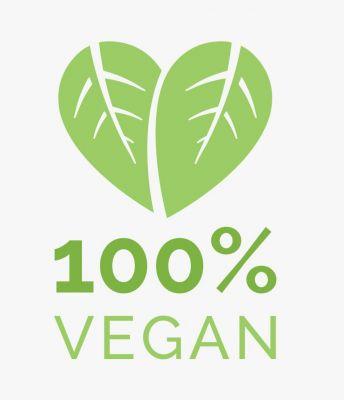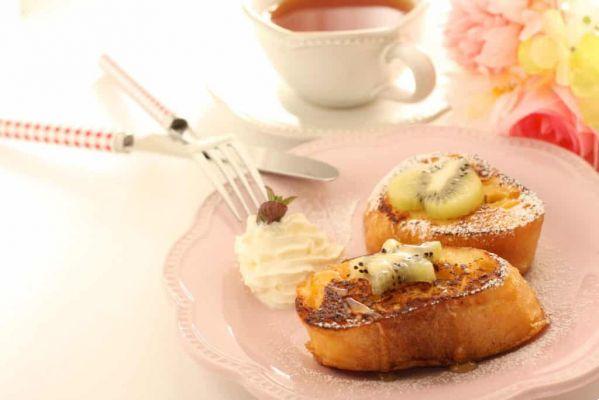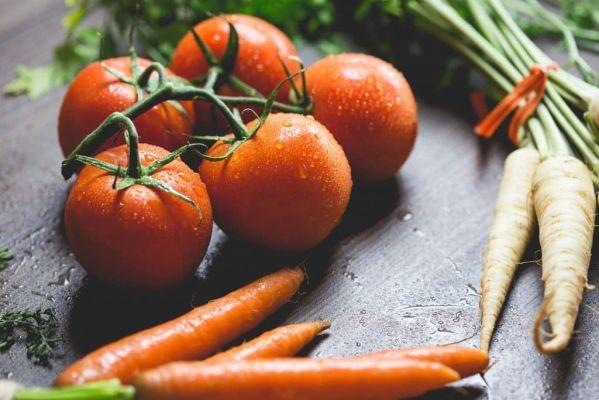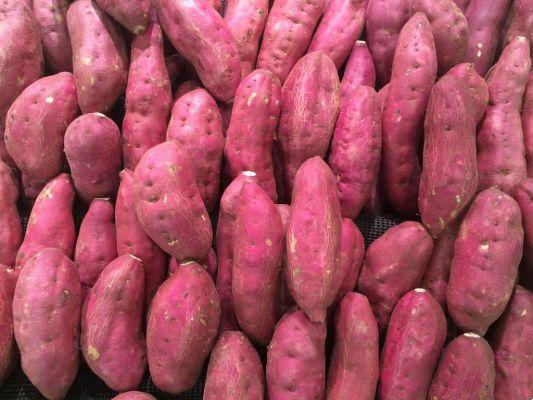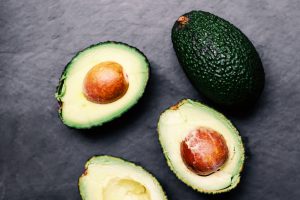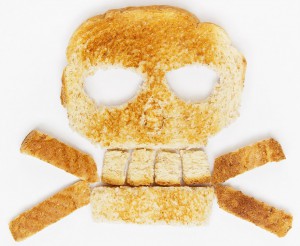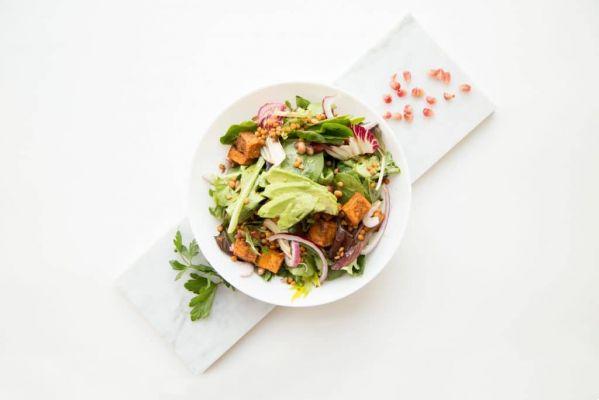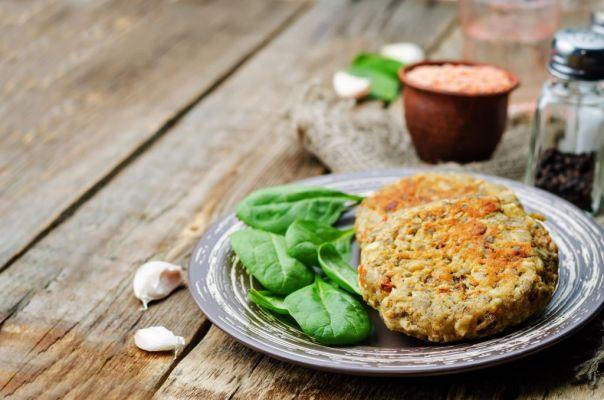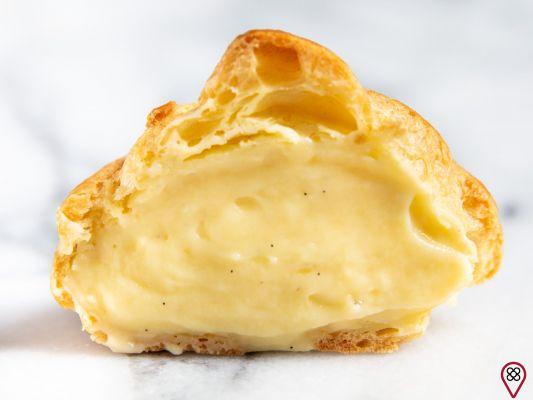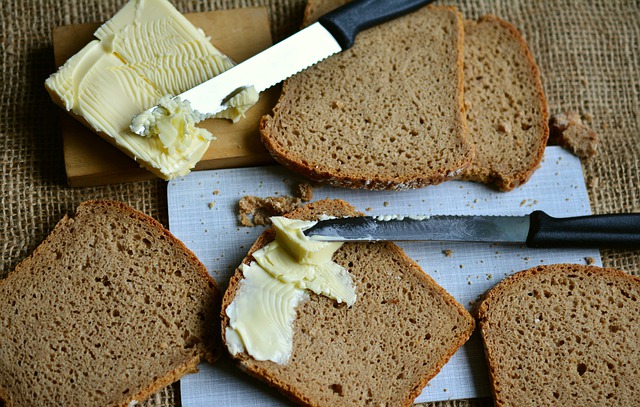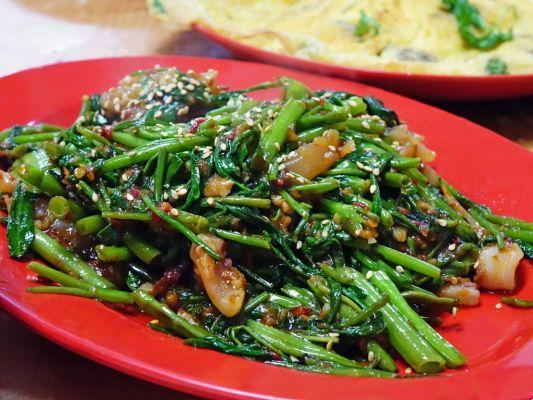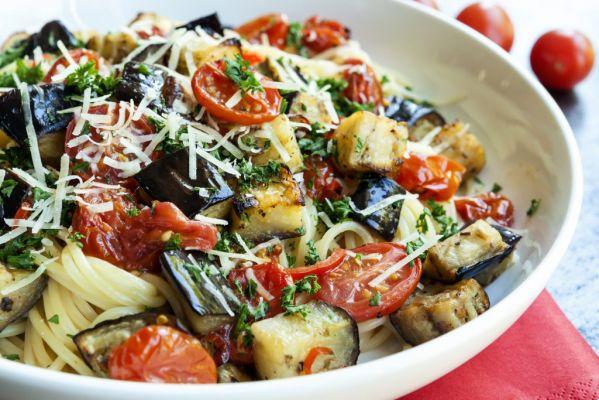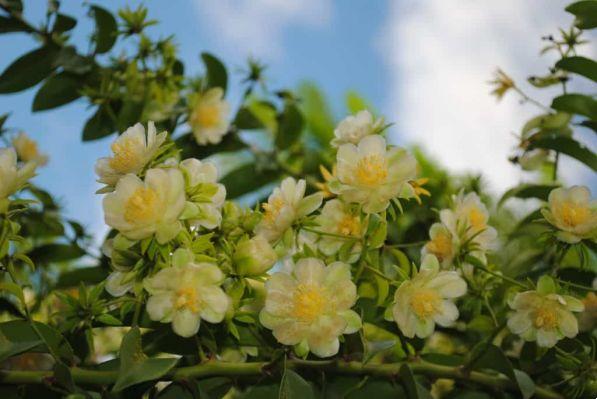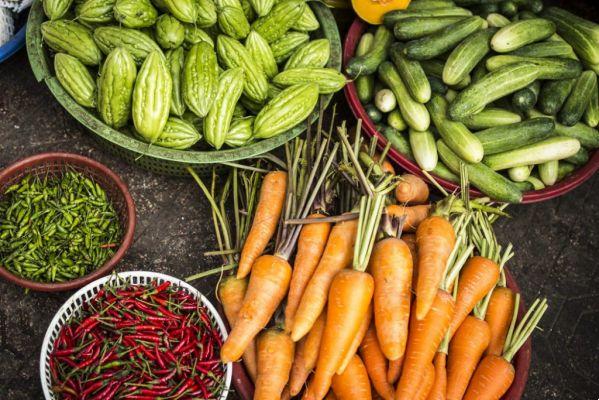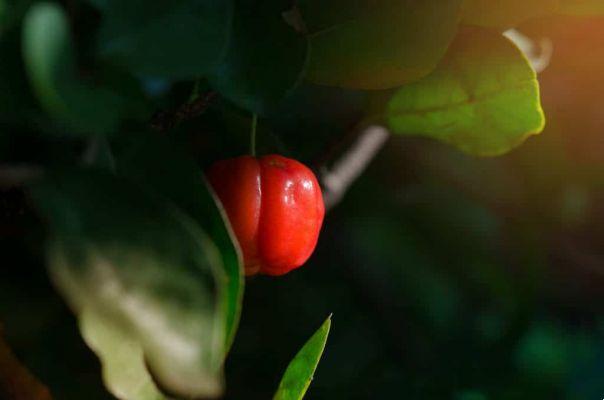There are several theories about the history of sugar. The plantation would have started 6 thousand years before Christ in lands close to India. The Indians would have been the first to produce raw sugar. Other studies claim that sugar culture began spontaneously 20 years ago in the islands of the South Pacific. There are still those who claim that the first country to cultivate it would be New Guinea, followed by Fiji and New Caledonia, a French colony in Oceania.
Sugarcane won the Philippines, Indonesia, Malaysia and China. It arrived in Eastern Europe in the 4th century BC at the hands of Alexander the Great, King of Macedon, who in his travels found seedlings. Due to the similarity to salt, in Medieval Europe, sugar was known as “white salt”. The Arabs started sugar production in the Mediterranean. In the 8th century it arrived in Africa, two centuries later Greece, southern Italy and southern France timidly began to dedicate themselves to planting.
In Spain, sugar began to be planted in 1533. The first mill was in the city of São Vicente (coast of São Paulo). The cultivation of sugarcane consolidated the economy between the 16th and 18th centuries. Planting was concentrated in the Northeast (mainly in Pernambuco and Bahia). The production was exported to Europe. Sugar contained many impurities and was consumed in the form of lumps.
The Dutch were the main competitors, as they sold the cheapest product. The Spanish market went into crisis in the second half of the 18th century. The crisis became stronger in the 19th century, when gold gained prominence in the economy. With that, the Spanish capital was transferred from Salvador to Rio de Janeiro and the sugar reign came to an end.
Spanish production has grown since the 2000s. Currently, the Center-South region, which comprises the states of the South and Southeast regions (except the north of Minas Gerais), the states of Mato Grosso do Sul, Goiás, southern Tocantins and Mato Grosso and the District is the largest sugar producer in the country.
What is sugar?
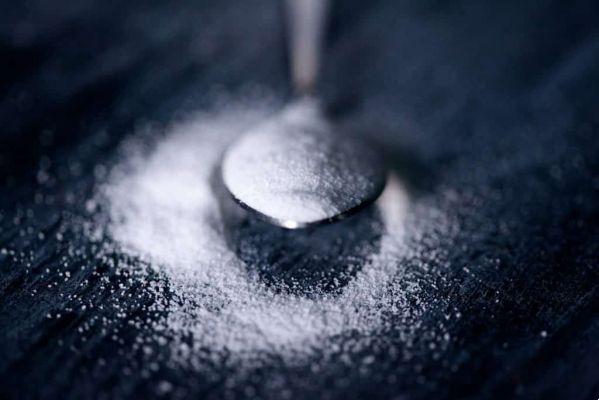
According to Resolution No. 12 of 1978 of the National Commission on Food Norms and Standards, sugar is “sucrose obtained from Saccharum officinarum, or from Beta alba, L., by suitable industrial processes”. The product can also be extracted from beets. This one is preferred in Europe as it adapts more easily to different climatic conditions.
Chemically speaking, sugar belongs to the carbohydrate group. Carbohydrates provide energy to living beings and form some structures such as cellulose, a substance present in most plants. Cellulose gives rigidity and firmness to plants, it also serves as food for ruminant animals (oxen, goats and sheep). Industrially, it is the raw material for paper. Carbohydrates are also present in the structure of chitin. This is found in the external skeleton of arthropods, such as insects, arachnids, crustaceans, etc. The importance of carbohydrates does not stop there. They participate in the structure of DNA and RNA.
How is sugar made?
After the sugarcane harvest, which can be manual or mechanized, the juice is pumped and goes through the following steps:
- Treatment: heating, chemical treatment, decanting and sieving remove impurities such as sand, bagasse and clay.
- Evaporation: after the treatment, we obtain a transparent, slightly yellowish broth, composed of water, mineral salts and sugars. On evaporation, 75% of the water is removed and the broth is transformed into a concentrated syrup.
- Cooking: 80% to 85% of the sucrose in the syrup is recovered here. This will be transformed into mass.
- Centrifuging: after being cooked, the dough is centrifuged, washed with hot water and steam. The process gives rise to a honey that can be used in the production of ethanol.
- Drying: the sugar is taken to the dryers and then sieved. It is then packaged and stored for sale.
Beet sugar is a favorite of Europeans. The climate favors the plantation and the production of this sugar follows processes similar to the sugar produced with cane. The leaves are sanitized, cut into thin slices and left to rest in hot water. The procedure removes sugar and other substances. The resulting tea is purified and filtered with carbon dioxide and lime. This liquid is taken to tubes where part of the water evaporates. There remains a thick syrup that is boiled and its water is extracted, until crystals appear. A centrifuge separates the remaining water. Then just dry the sugar grains.
types of sugar
There are several types of sugar. The differences are the raw materials, forms of refinement, texture, flavor, nutritional composition. We unravel the mysteries of 13 types of sugar. Know the manufacturing processes, the advantages and disadvantages of each one.
Refined sugar
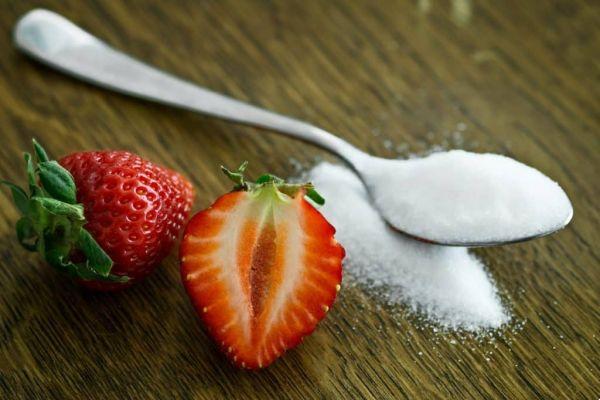
White sugar is the most used. Its white appearance and flavor are the result of the addition of sulfur during refining. The substance takes away vitamins and minerals. Refined sugar raises blood pressure by more than 25% over salt. In addition, it ages the skin, is associated with degenerative diseases such as Alzheimer's and even myopia.
Crystal Sugar

Refined sugar is the basis for icing sugar. The grains are larger and more transparent than refined. Refining does not have many steps and removes 90% of the mineral salts. It is hardly dissolved. Economical product, very present in sweets in general.
icing sugar
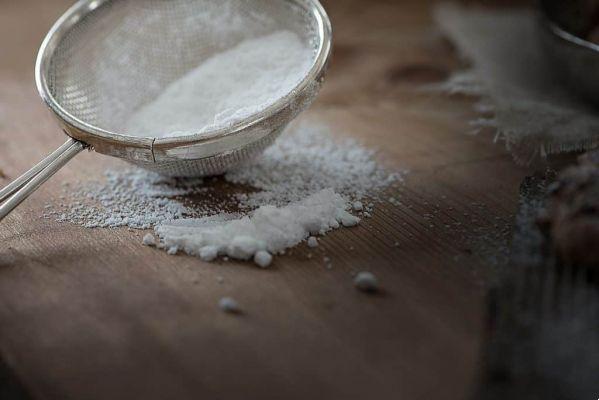
Also called icing sugar, icing sugar has super fine grains. In the refinement, corn starch is added, so that the crystals are united. Its appearance is like baby powder. It is used to make whipped cream, toppings and homogeneous icings.
impalpable sugar
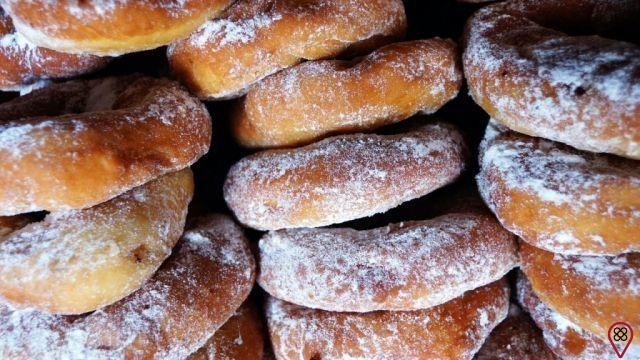
Similar to icing sugar. It is thinner and also has corn starch in its formulation. Impalpable sugar is used in the preparation of macarons (famous and delicious French sweets). Did you know you can make powdered sugar? The recipe is simple: mix 2 tablespoons of cornstarch in a blender for each cup of icing sugar.
light sugar
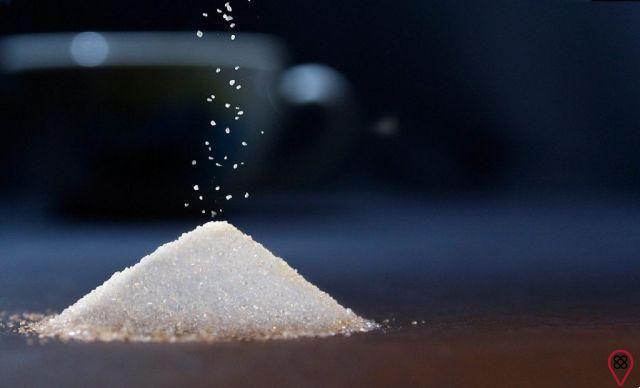
It is the combination of refined sugar with aspartame, cyclamate and saccharin. Indicated for those who do not like sweeteners, as it has no aftertaste. The sweetening power of light sugar is four times that of conventional sugar. To sweeten a coffee, 2 grams are enough, against the 6 grams of regular sugar. It must be used with care so as not to disturb the diet. It can be used in food preparation. It is contraindicated for diabetics, because light sugar has common sugar in its formulation.
Brown sugar
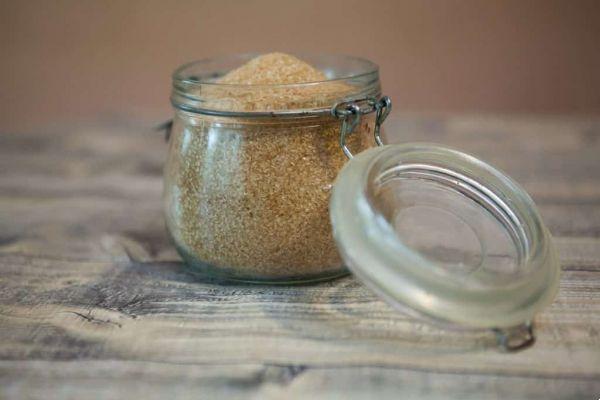
It is caramel and tastes similar to brown sugar. The cooking and crystallization of sugarcane are responsible for these characteristics. It is unrefined, so calcium and iron are preserved. Breads, cakes and pies are more delicious and healthier with brown sugar. It is healthier, however, it should be consumed with caution, especially by diabetics who need to consult a doctor before including it in the menu. Switching from brown sugar to refined sugar to reduce calories may not be a good idea. A serving of 100 grams of refined sugar has 400, the same amount of brown has 380.
organic sugar

The term organic refers to the raw material and production. In this case, planting is done without fertilizers and chemical fertilizers. Its nutritional properties are equivalent to those of brown sugar. Organic sugar can also be used in desserts. Although healthier, it is always advisable to look for a nutritionist before consuming it, especially diabetics.
coconut sugar

Extracted from the flowers of the coconut palm, this sugar has no chemical compounds in its formulation. The nectar is heated in a boiler until it has the consistency of thick caramel. This is crushed and the small crystals turn into thick brown sugar. Coconut sugar has iron, potassium, magnesium and zinc. It is still a source of vitamins B1, B2, B3 and B6. It is widely used in Southeast Asian cuisine. It has fewer calories than brown sugar. A teaspoon of coconut sugar has 10 calories.
It has a low glycemic index, that is, the body absorbs it more slowly, the release of glucose into the blood is gradual and without uncontrollably activating insulin, a hormone that increases hunger and makes you accumulate fat.
- Homemade beauty treatments: brown sugar
- Find out about the benefits of coconut sugar
- Unmask the 20 foods that hide sugar
- How to make pastry cream?
- Understand why sugar can be more addictive than drugs
Diabetics can consume, however, it is always good to consult a nutritionist. Coconut sugar can be used to make cakes, puddings and drinks. The product is found in health food stores, supplement stores and websites that sell natural foods.
Raw sugar

Its grains are light brown and the nutritional values are similar to those of brown sugar. Its production is similar to that of brown sugar. The difference is that the refinement of demerara sugar is lighter, without the addition of any substance. It is widely used in the preparation of sophisticated sweets, so it is one of the most expensive sugars.
vanilla sugar
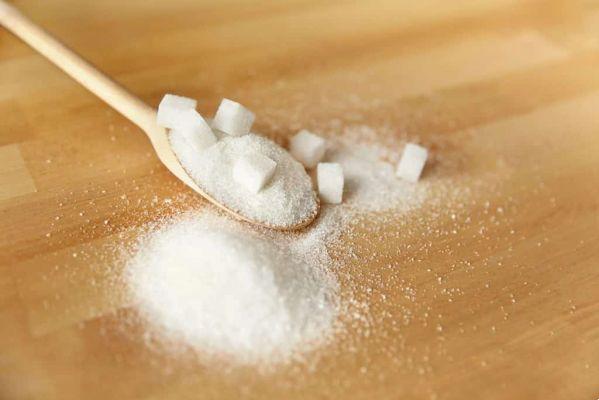
It has a slight vanilla flavor. Vanille sugar is thin and because it is well concentrated, small portions are already sweet enough. Despite the sweet taste, the product is bitter and needs to be diluted. Ideal for simple cakes, homemade cookies, pies, creams for filling, topping or decoration. It is found in confectionery stores. You must use 1 gram of sugar for 1000 grams for what will be done. However, each recipe has different proportions. The manufacturer informs the amount indicated on each occasion. If you can't find vanilla sugar, you can make it at home. Put 2 vanilla beans in a jar with 2 kilos of sugar for two weeks. Stir the pot a few times.
Fructose

It is extracted from fruits and corn. Fructose is 30 times sweeter than refined sugar. Present in soft drinks, ketchup, energy drinks, cereals, cookies, ice cream and breads. In these products, the fructose is a corn syrup. It puts on weight because it provides “empty calories” to the body. A study carried out at the University of Southern California School of Medicine in the United States attested that fructose increases appetite.
liquid sugar
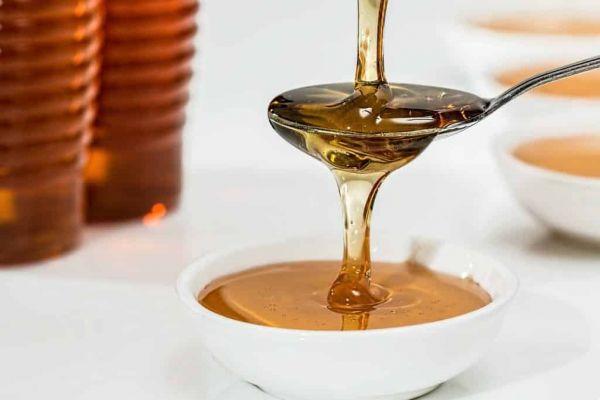
Also called simple syrup, it is not sold in supermarkets. The food industry uses liquid sugar to make soft drinks and candy. The chance of contact with dust and microorganisms is reduced by not being stored in bags.
inverted syrup
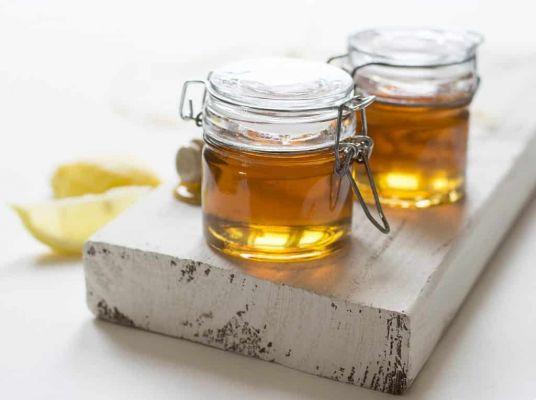
It is a yellowish liquid, composed of 1/3 glucose, 1/3 fructose and 1/3 sucrose. The inverted syrup is sold in bulk, in stainless steel tanks, in a 1000 liter cardboard box with a plastic bag inside and in drums. It has high sweetening power, reduces the use of water and increases the shelf life of the products. Inverted syrup makes food full-bodied. Ice creams become soft, candies and caramels with the most enhanced color and intensify the fruit flavor in cakes and soft drinks. It is also used in the production of hamburger buns, cookies, jellies and liqueurs.
Sugar is a food villain. Caries, facial aging, extra pounds, increased cholesterol and diabetes are some problems related to excess. It also causes migraines and is linked to cancer. Removing the sugar bowl from the table is useless, as sugar is present in many foods. Ice cream, ketchup, breads, stuffed cookies and sodas to name a few. However, healthy foods also have sugar. Rice, corn and beans are on the list.
Organic and brown sugars are healthier. Both do not go through a refinement process. This preserves the vitamins, however, they should be consumed without exaggeration. No filling the cup of coffee or exaggerating the amount in recipes. Nutritionists recommend a balance. Reduce processed foods as much as possible and consume organic or brown sugar following the guidelines of a nutritionist. Coconut sugar is also an option. Rich in B vitamins and minerals, it is less caloric than brown. Still, it should also be consumed with caution, especially by diabetics.
Combining health and flavor makes food even more delicious. It's all a matter of common sense. Do not make substitutions yourself if you are diabetic or have other restrictions. Consult an expert and enjoy the benefits of healthy sugars.



